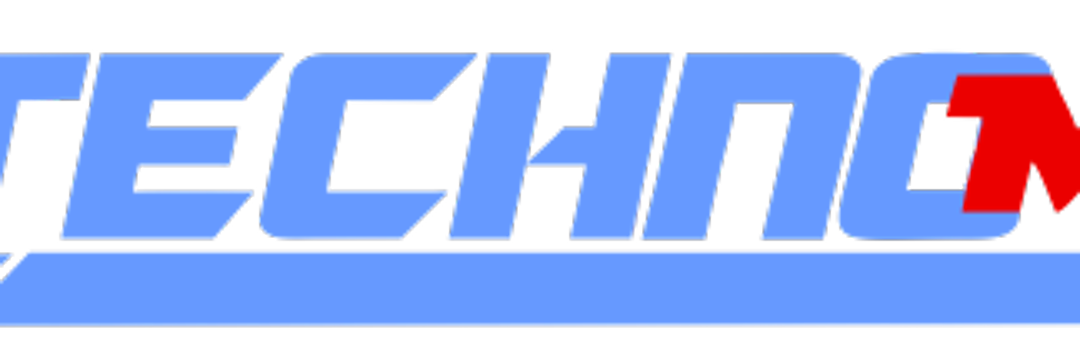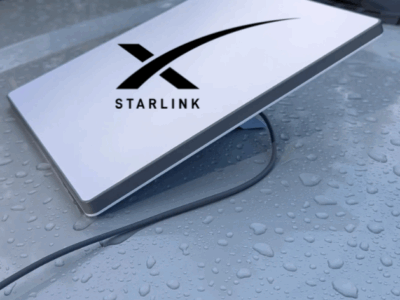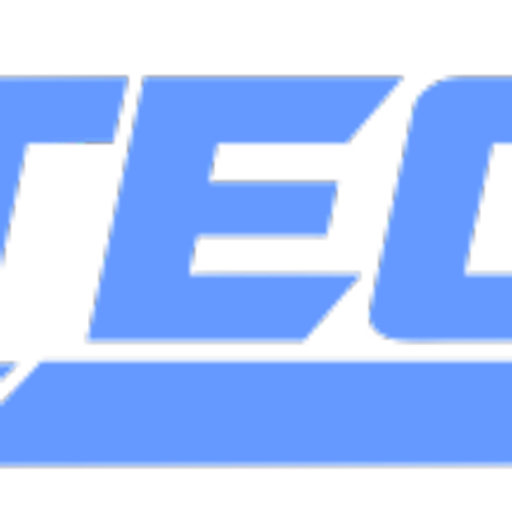Starlink, a unit of SpaceX, as it seeks to expand its reach beyond consumers and households, has inked deals with multiple airlines to provide in-flight internet services . With a strong network of more than 6,000 Starlink laser-linked satellites that give aircraft 200–350 megabits per second (Mbps) connectivity, as opposed to GEO providers’ 20 Mbps, Elon Musk’s Starlink has started snatching up big airline contracts hungry dogs style. Starlink surpassed the combined number of Geostationary Earth Orbit (GEO) providers, including Anuvu, Intelsat, and others.
Only a few weeks prior, United Airlines announced that it will be switching to Starlink for its in-flight connection service on 2,500 aircraft. Air France was the latest major airline to announce it will be moving its in-flight Wi-Fi to the Starlink network, offering it for free to members of its frequent flier program. United said access would be free only for MileagePlus members, revising an earlier plan to offer free Wi-Fi to all passengers.
By Gamuchirai Mapako
In 2017, JetBlue announced free Wi-Fi, six years, Delta followed suit, adding it would offer free Wi-Fi to those in the SkyMiles loyalty program. With recent announcements of free service from United Airlines, JSX (Regional airline based in Dallas, TX), Hawaiian Airlines, and Qatar Airways & Qatar Executive, the domino effect is picking up seemingly unstoppable momentum. Hawaiian Airlines provides a good example. It recently began offering the Starlink service on its fleet of 42 Airbus planes. The company reports that customers often get 200+ Mbps download speeds without capacity issues.
As early as this year, Elon Musk’s Starlink Wi-Fi services will be available on United Airlines flights, demonstrating the tech billionaire’s expanding influence. In a statement the airline added that testing of Starlink will commence in February, and its first commercial flight with the service will launch this year on the airline’s Embraer E-175 aircraft. By the end of 2025, the airline intends to equip all of its regional two-cabin and mainline aircraft with Starlink.
One of the biggest tech reviewers in the world, Marques Brownlee, often emphasises his number one rule for monetisation on the internet: Once a product is offered for free, it is very hard to get consumers to pay for it again. Free and fast in-flight connectivity (IFC) is hitting a tipping point, and consumers will soon begin to expect it.
However, airlines win too, free Wi-Fi is a fairly easy business decision for airlines as well. Long flights are dreadful, dull and typically result in disgruntled clients. Placing an iPad in front of passengers and letting them lose themselves in the internet’s time-sucking power is the best method for airlines to calm them down during a generally unpleasant trip. “Most passengers testified ‘the flight went by so fast’ or ‘my kids were entertained’
In-flight internet has been available since 2003, when plane maker Boeing announced its service, Connexion. Boeing discontinued the service in 2006 after the market had “not materialised” as expected.
Starlink boasts download speeds of 40–220Mbps and upload speeds of 8–25Mbps per terminal, which United says can support streaming, gaming, and even videoconferencing. “We have a lot planned for our MileagePlus members this year and adding Starlink to as many planes as we can as quickly as we can is at the centre of it all,” said Richard Nunn, CEO of United MileagePlus, in a statement. “It’s not only going to revolutionise the experience of flying United, but it’s also going to unlock tons of new partnerships and benefits for our members that otherwise wouldn’t be possible.”
Airlines like Air Baltic, Air France, Air New Zealand, Scandinavian Airlines (SAS), West Jet, Zipair and International Airlines Group are also on route to providing Starlink’s fast speed internet on their flights. Starlink will eventually be available on every flight.














Comments